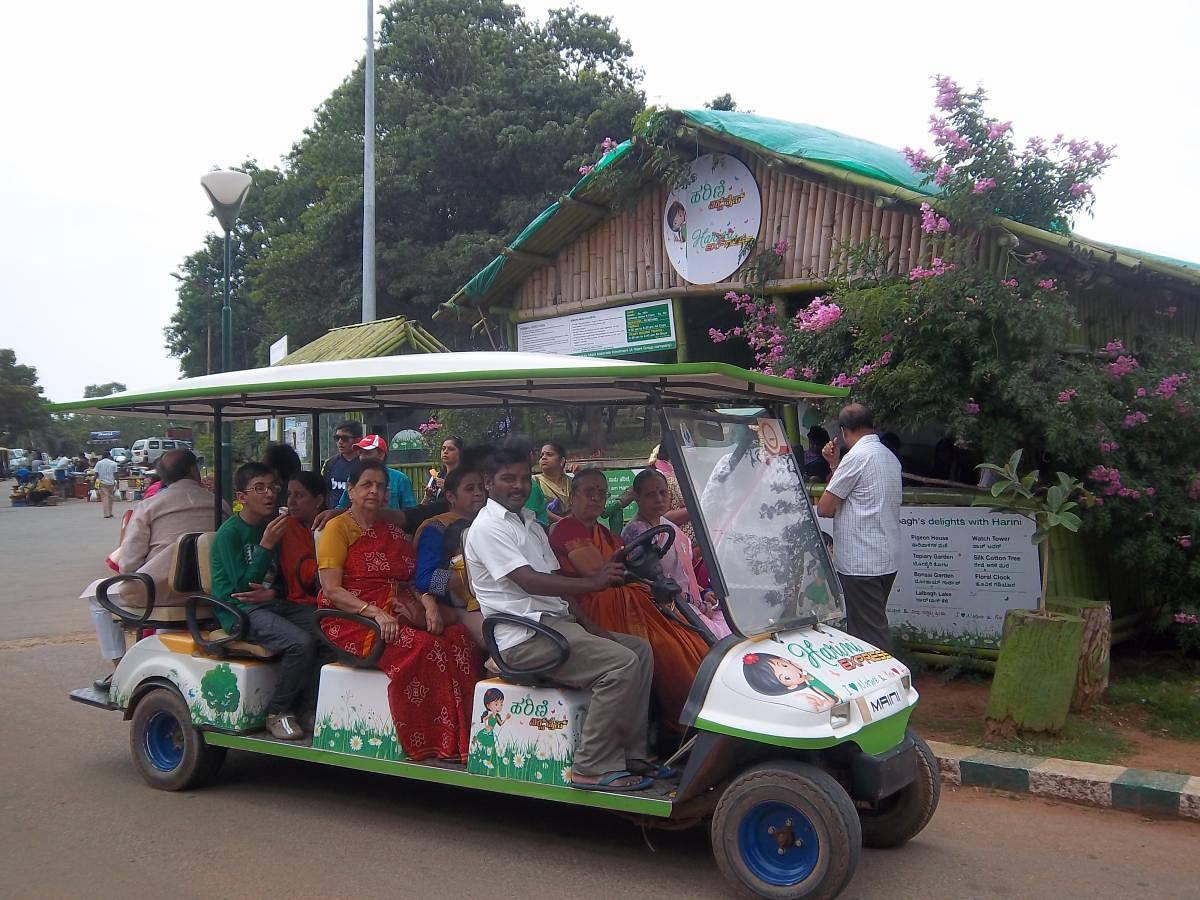Over 2.1 lakh differently-abled and senior citizens have used the electric buggies introduced six months ago at the Sangolli Rayanna (Bengaluru City) railway station here.
As Bengaluru emerges as India’s buggy capital with 600 such electric vehicles, seven more stations in the city are poised to get the popular buggy service soon.
For thousands of rail commuters struggling to negotiate the chaotic platforms and steep stairways, the buggies had offered much relief. The city-based Maini Group had installed seven four-seater buggies at the city station on December 27 last year. The buggies could be booked in advance for Rs 20, either to get to a compartment or to alight from a coach.
Available round the clock,the buggy service is currently used by over 1,000 passengers every day. The South Western Railway has proposed to introduce these at Bengaluru Cantonment, Yelahanka, Baiyappanahalli and four other stations in the city. Footfall studies are now underway to introduce the service in three stations within the next two months.
Designed by National Institute of Design (NID) graduates, the first buggy was developed and built from scratch in Bengaluru by the Maini Group in 2001. Today, the group manufactures about 600 buggies every year for a pan-Indian annual market size of 800 vehicles. “This market has the potential to rise to 10,000 buggies a year,” says the Group chairman, Sandeep Maini.
Over the last 17 years, these buggies have made eco-friendly internal commute commonplace in large corporate campuses across India. Buggies are particularly conspicuous by their presence on the city’s Infosys campus. “We have also supplied buggies to resorts, hotel chains, heritage and other tourist spots. The Mysuru zoo has about 15,” Maini informs.
Twelve years ago, the group had approached the Horticulture Deparment to introduce six 14-seater buggies in Lalbagh. “Called ‘Harini Express,’ these buggies offer a 45-minute ride telling visitors the story of Lalbagh. The ride is free for the specially challenged.”
Powered by a 4.5 kW motor, the buggies could reach speeds of up to 20 kmph, although the recommended speed is 15 kmph. A single charge is good enough for a 30-60 km ride. The lead acid battery, the most critical part of a buggy, could last three to four years with controlled ride and acceleration.
Graduating from DC buggies, the manufacturers had moved to AC technology. The next generation buggies are poised to be smart, Internet of Things (IoT) enabled.
